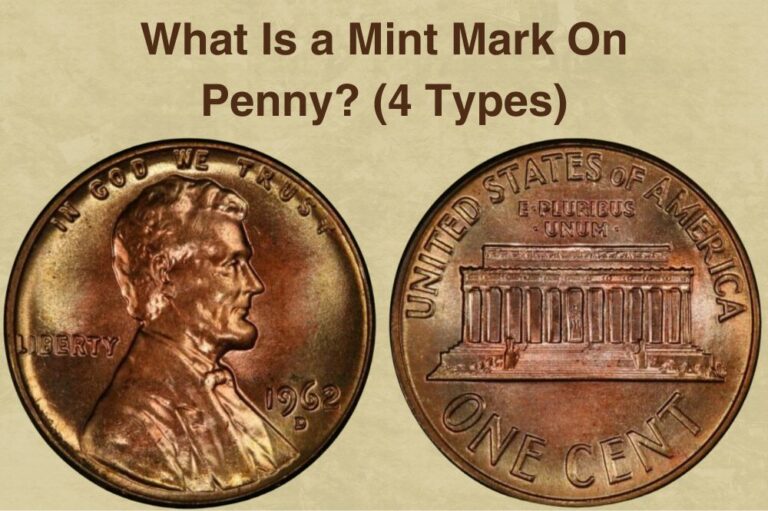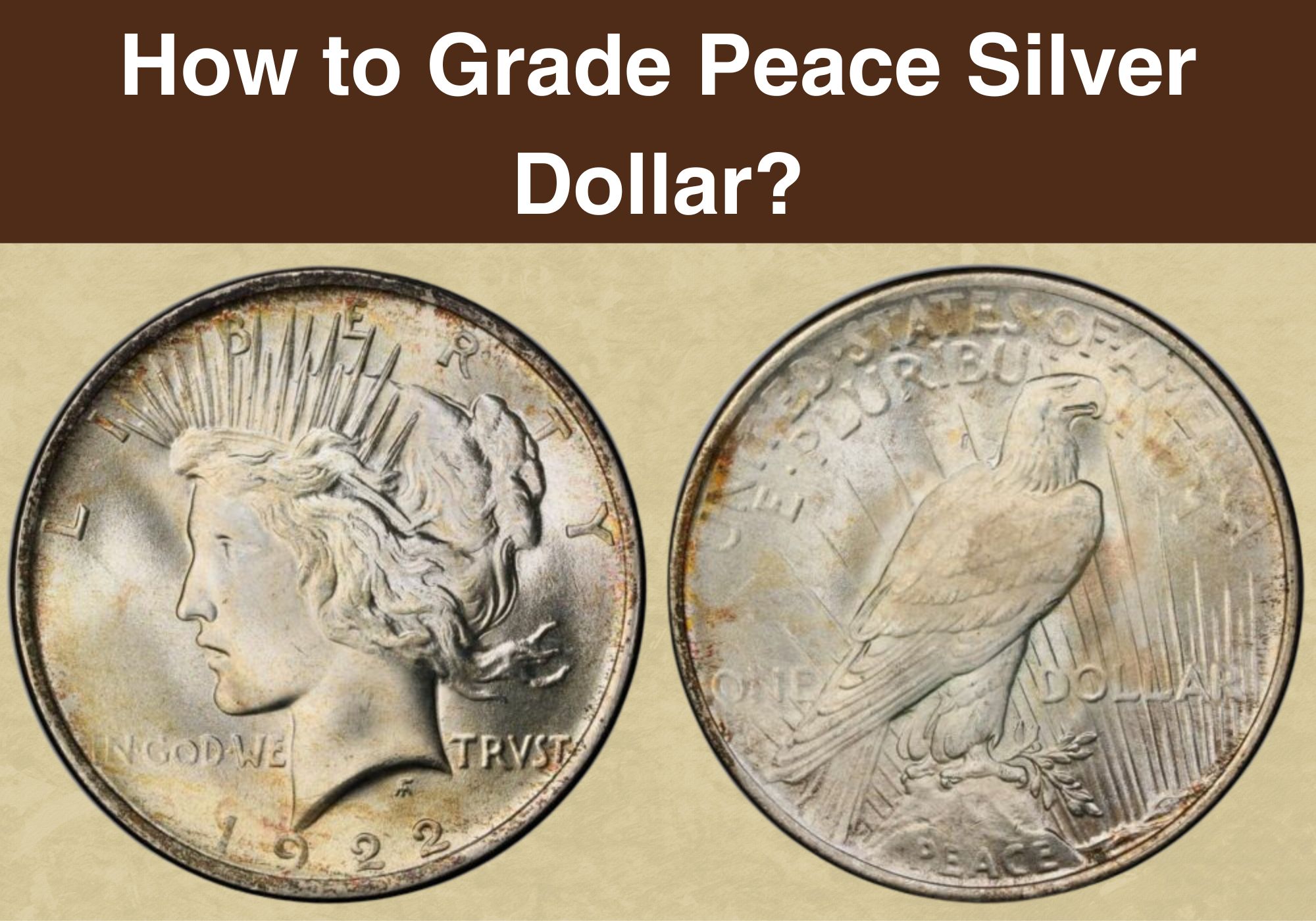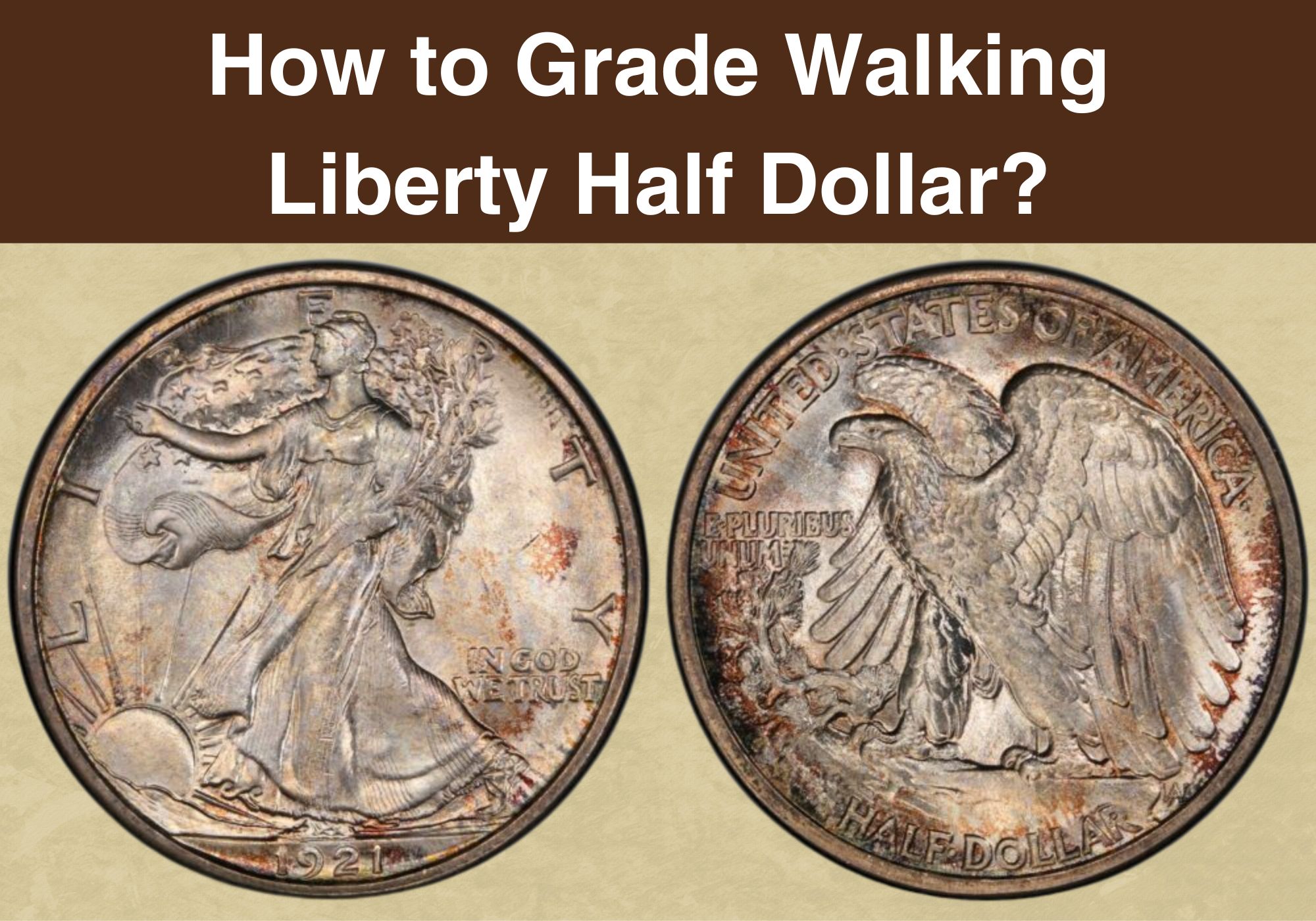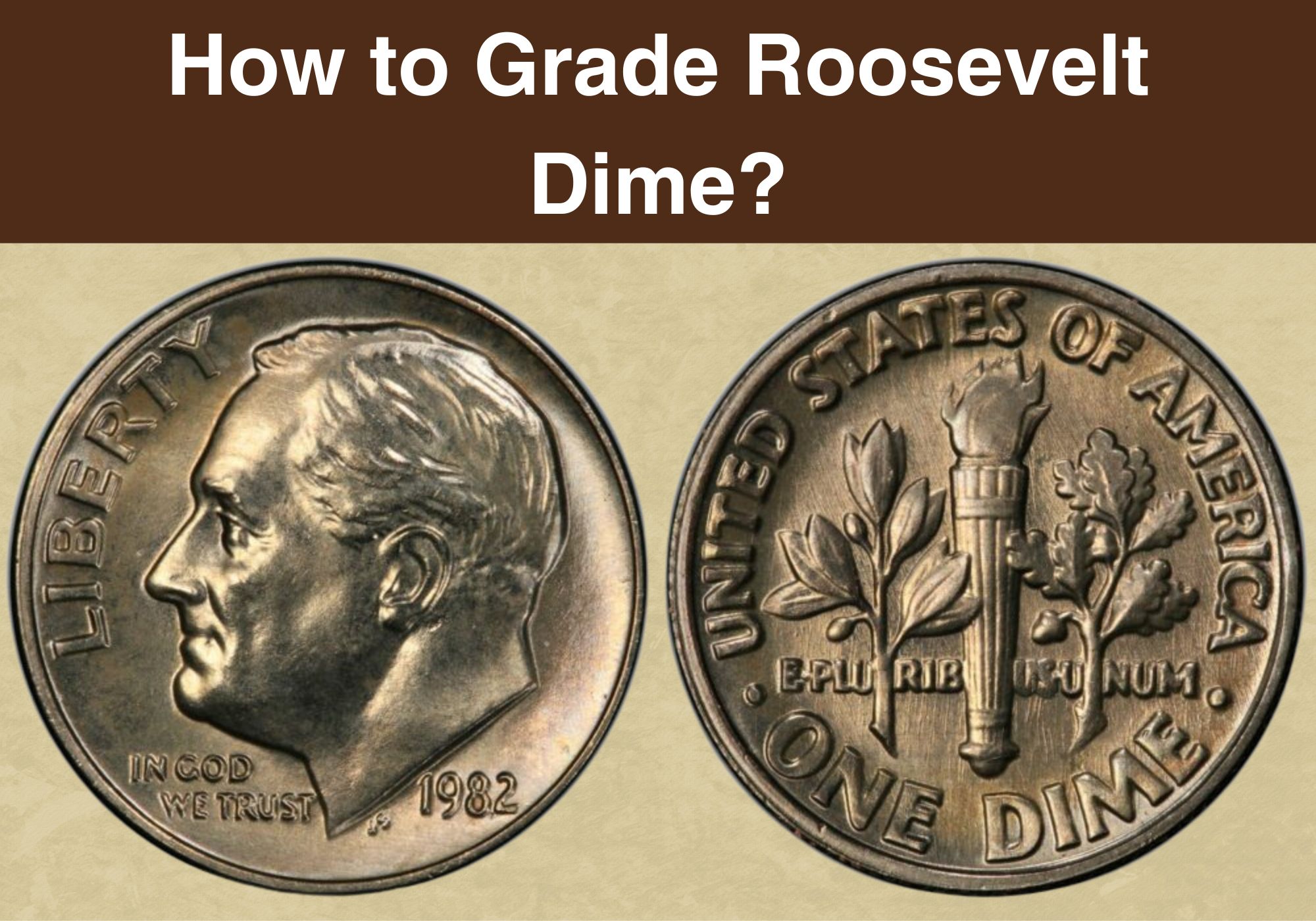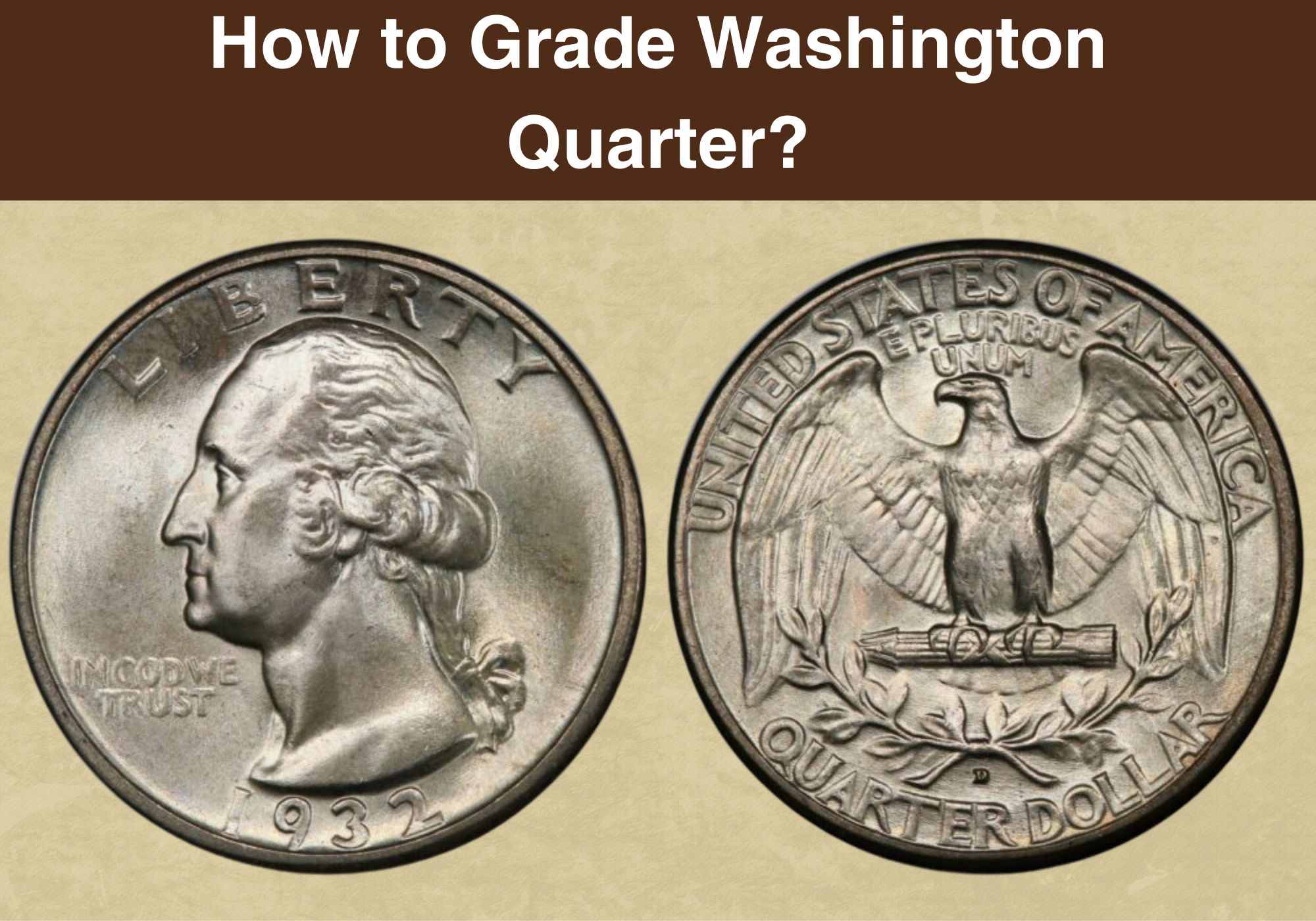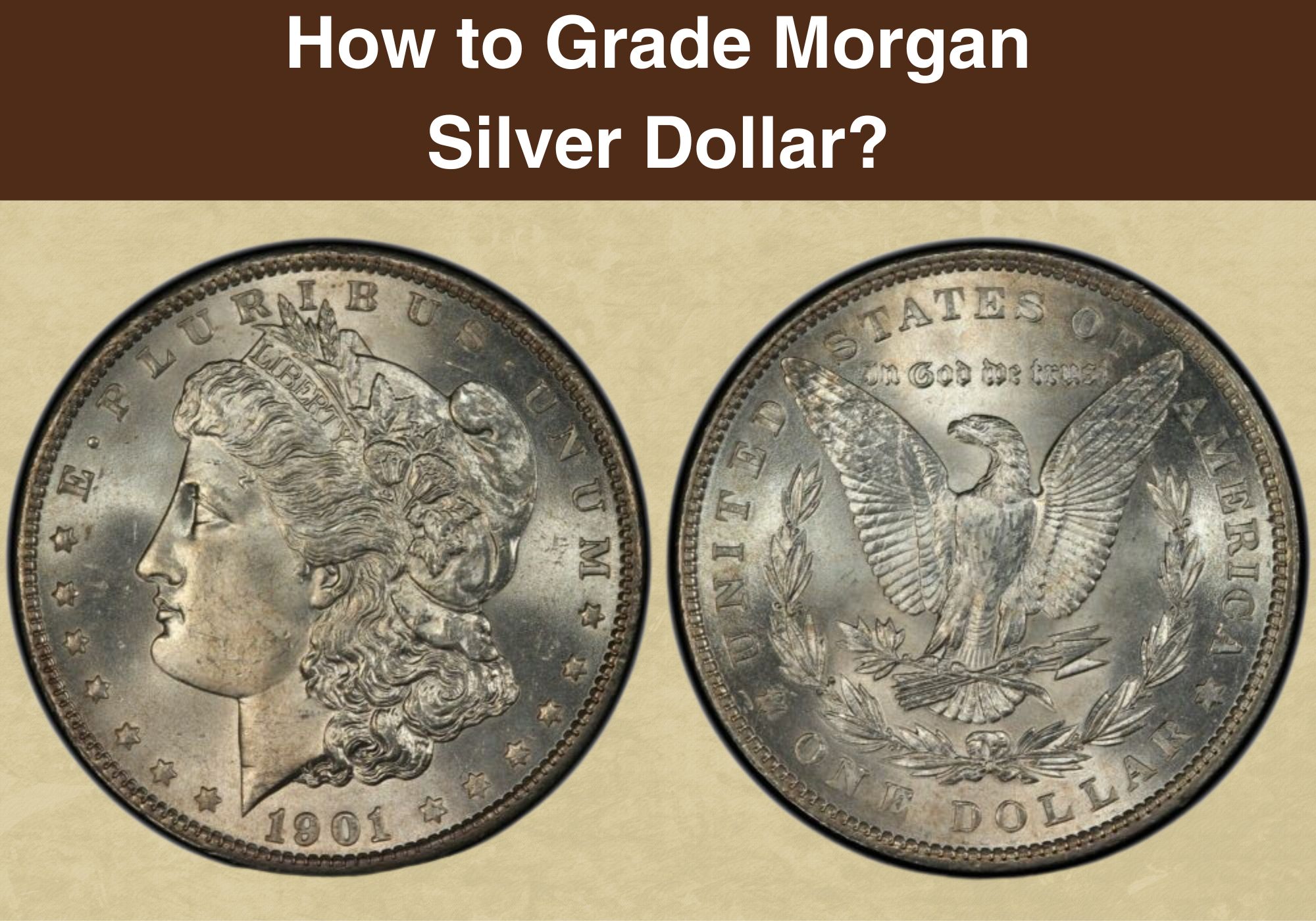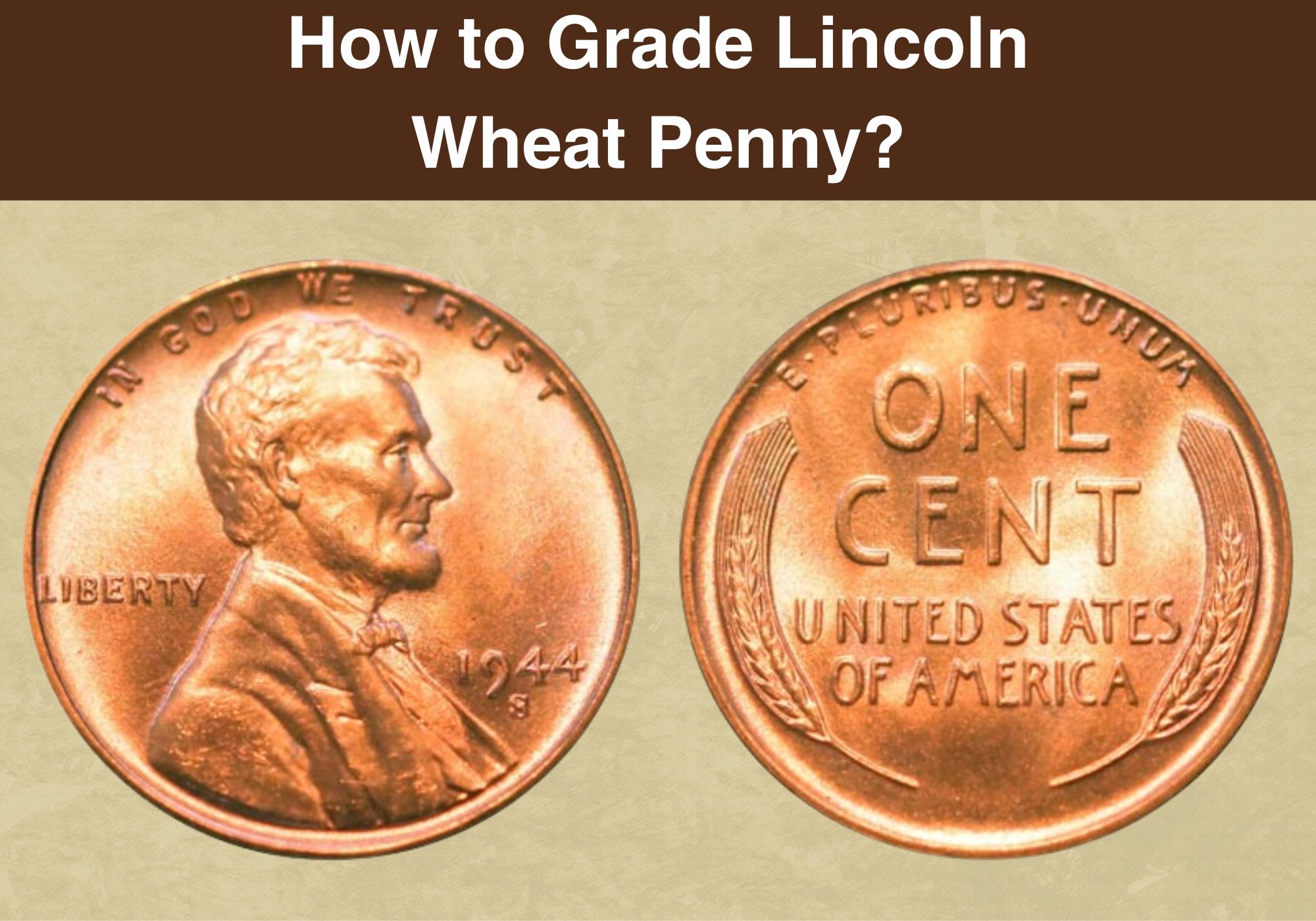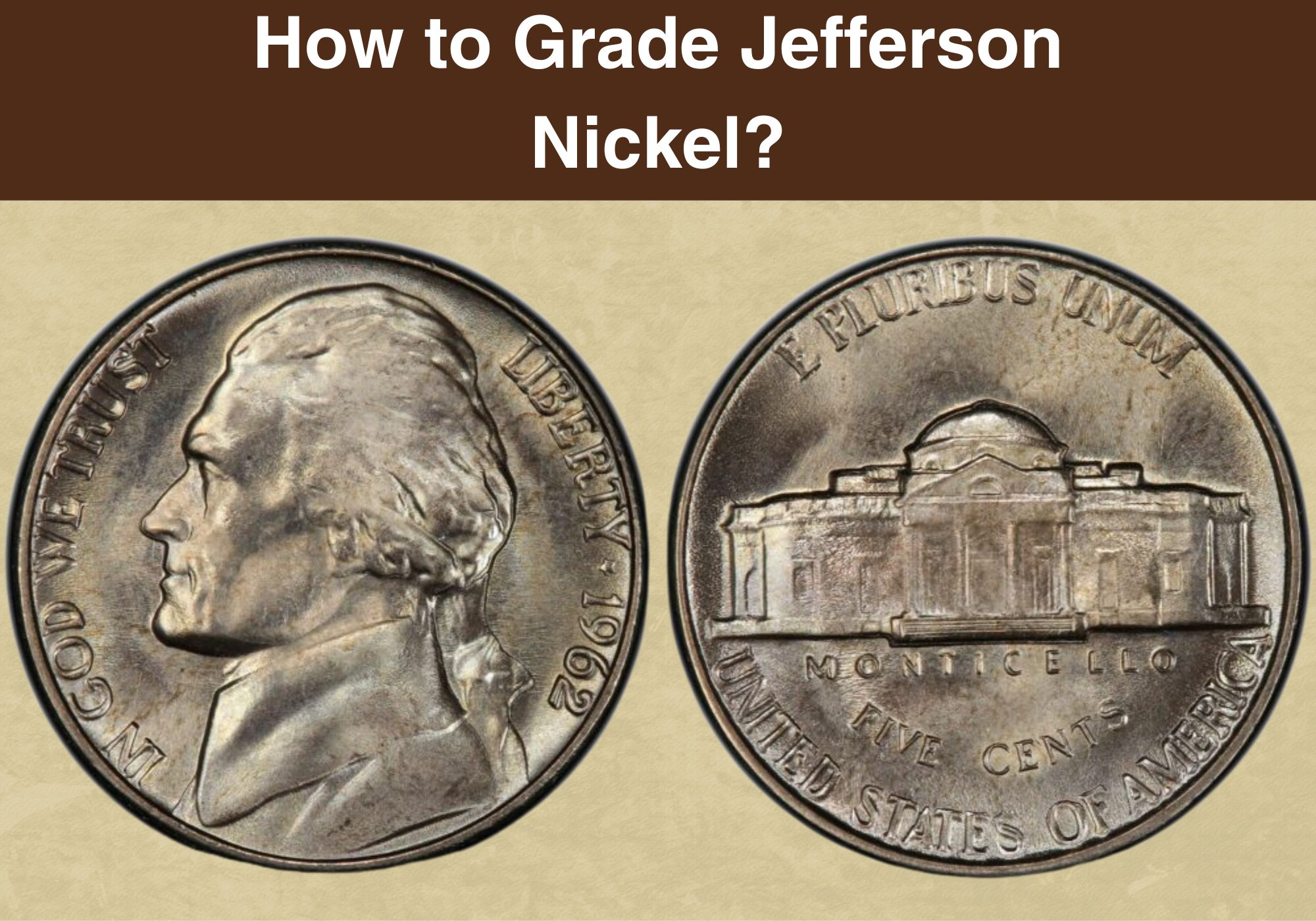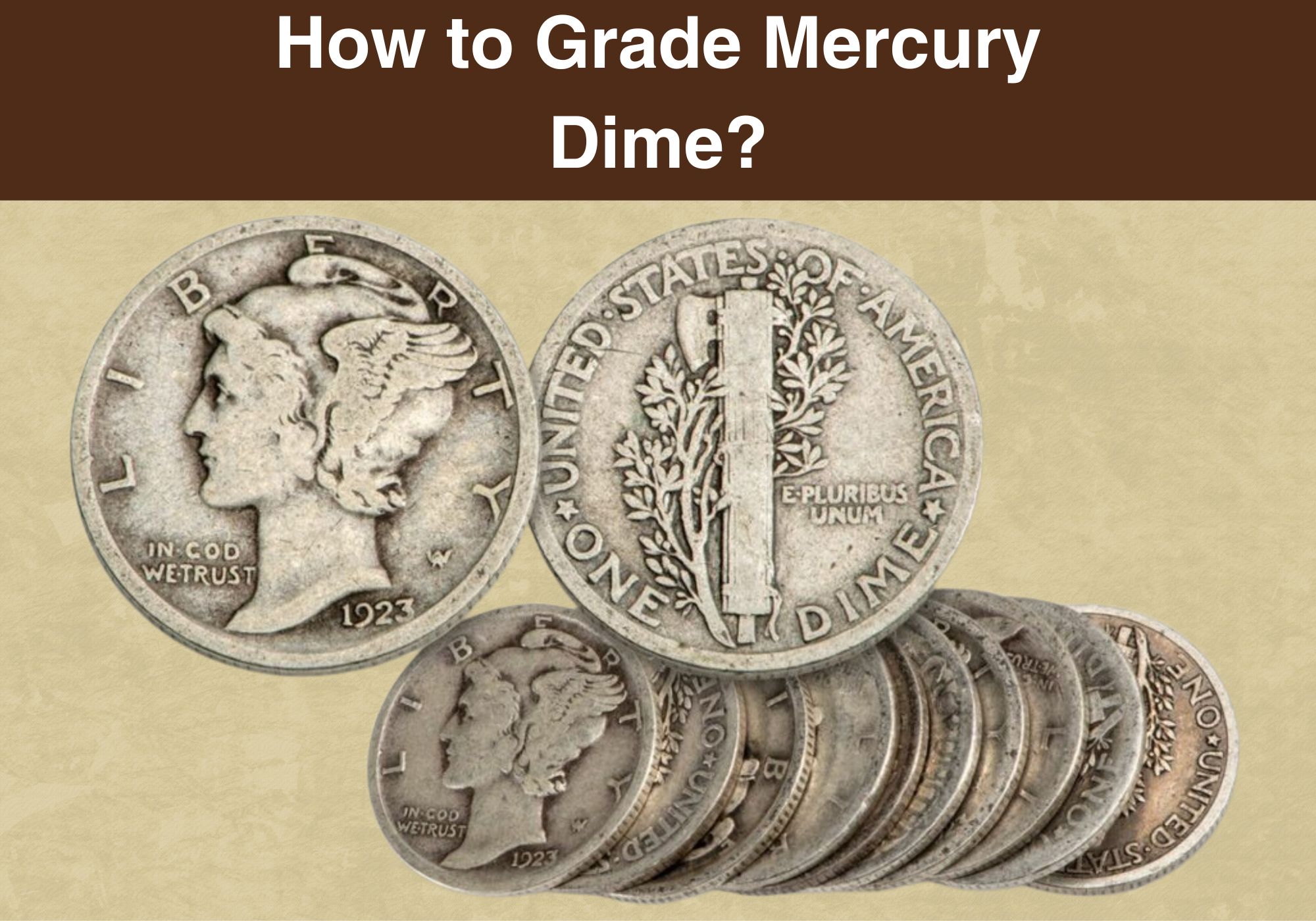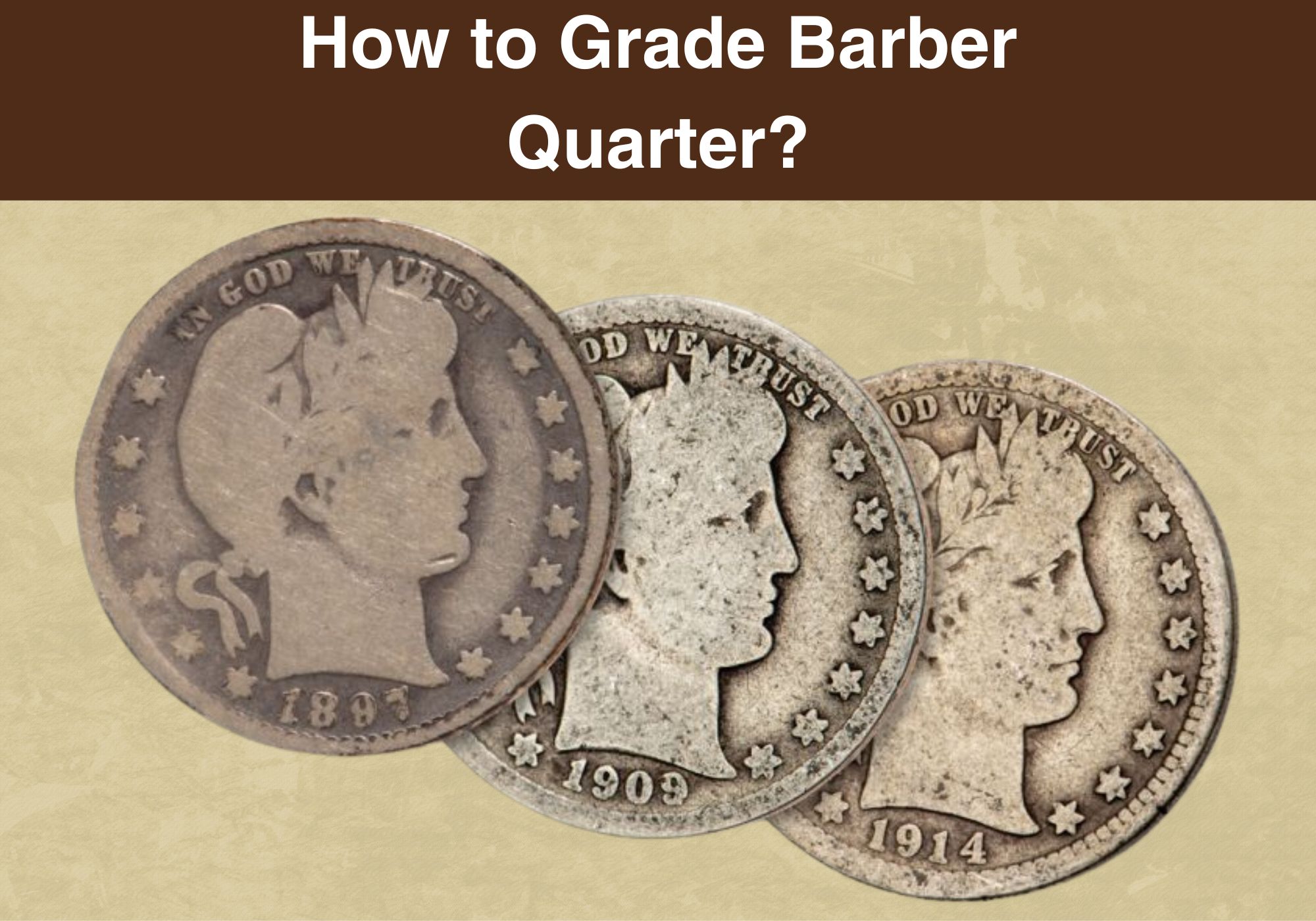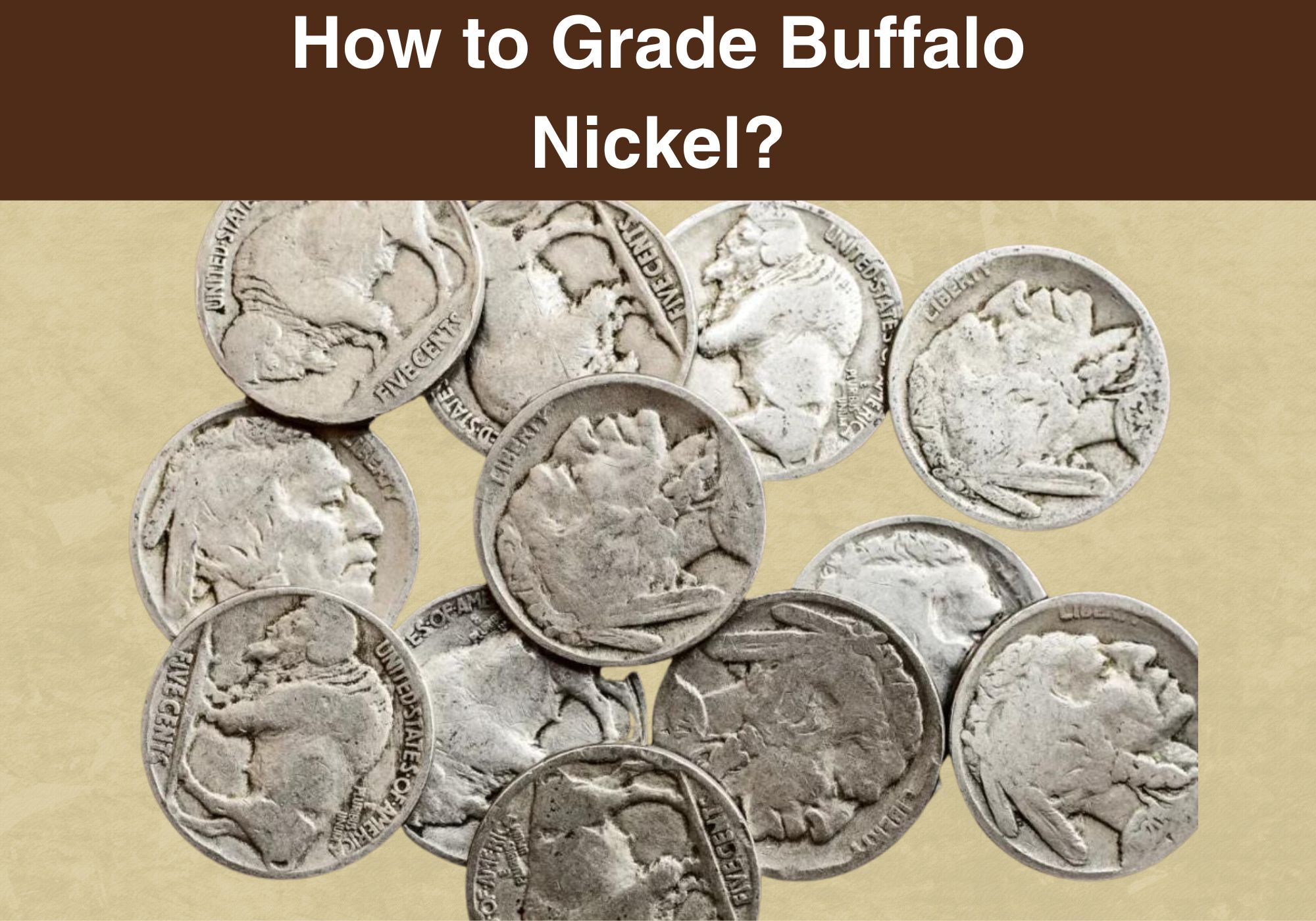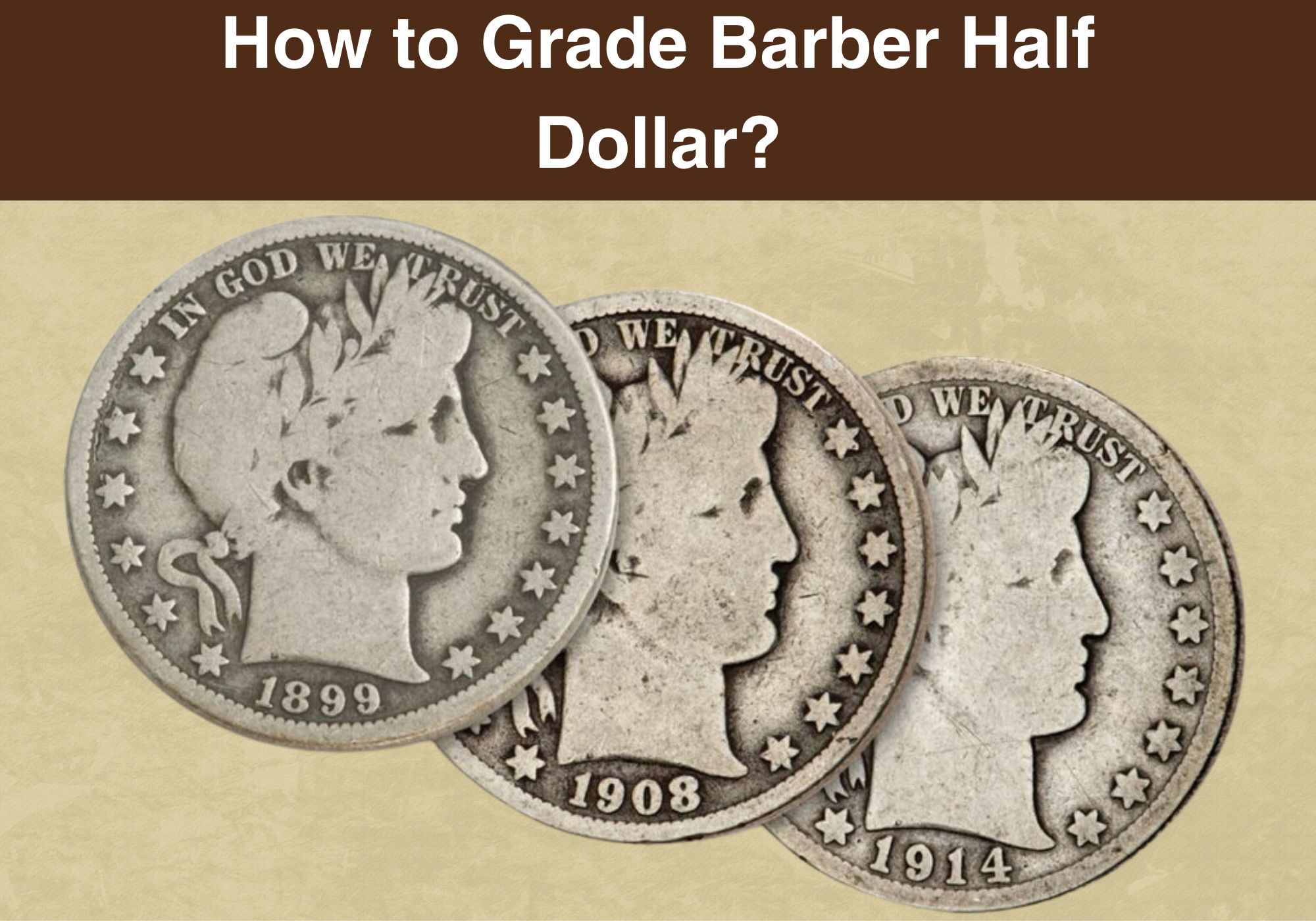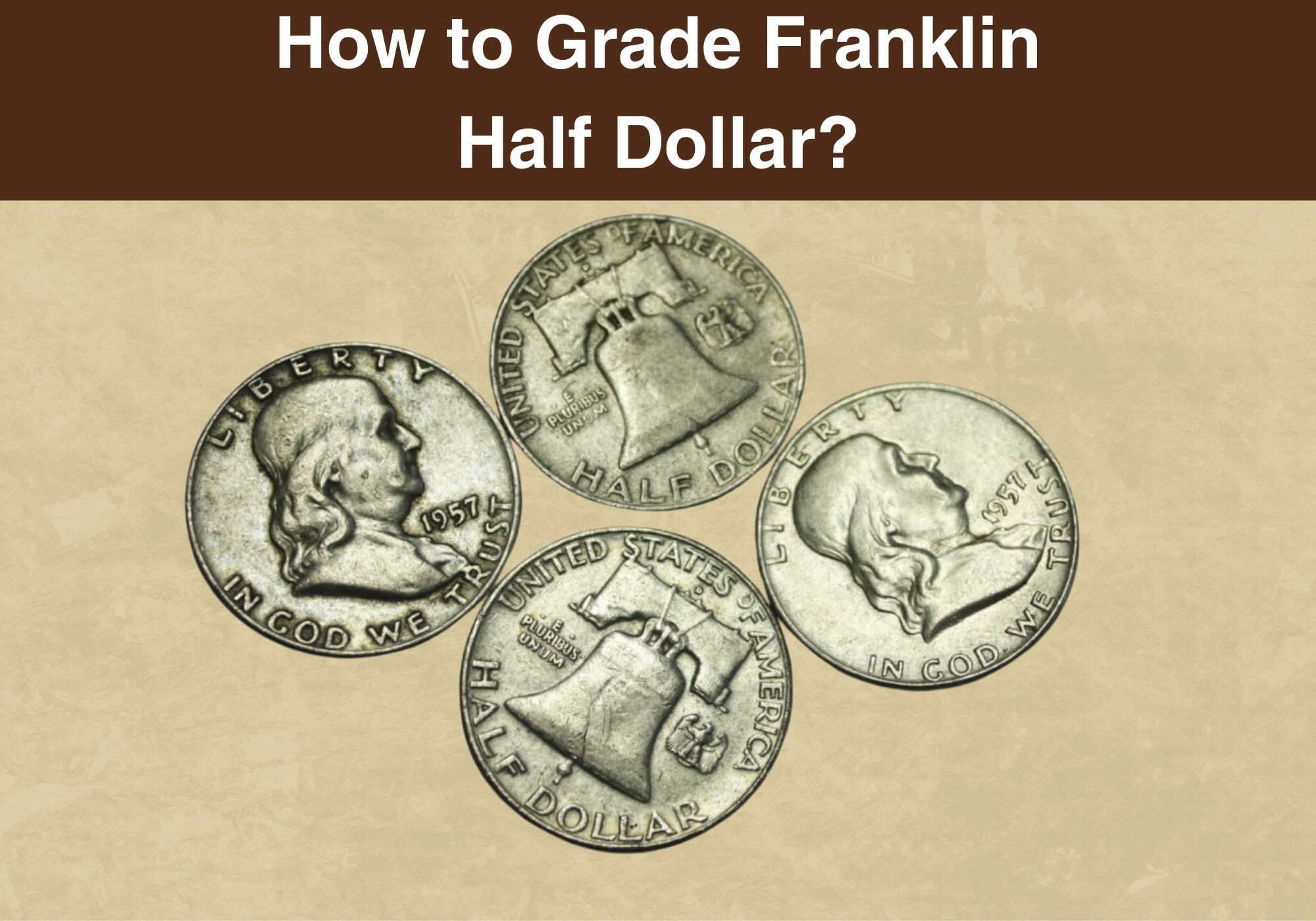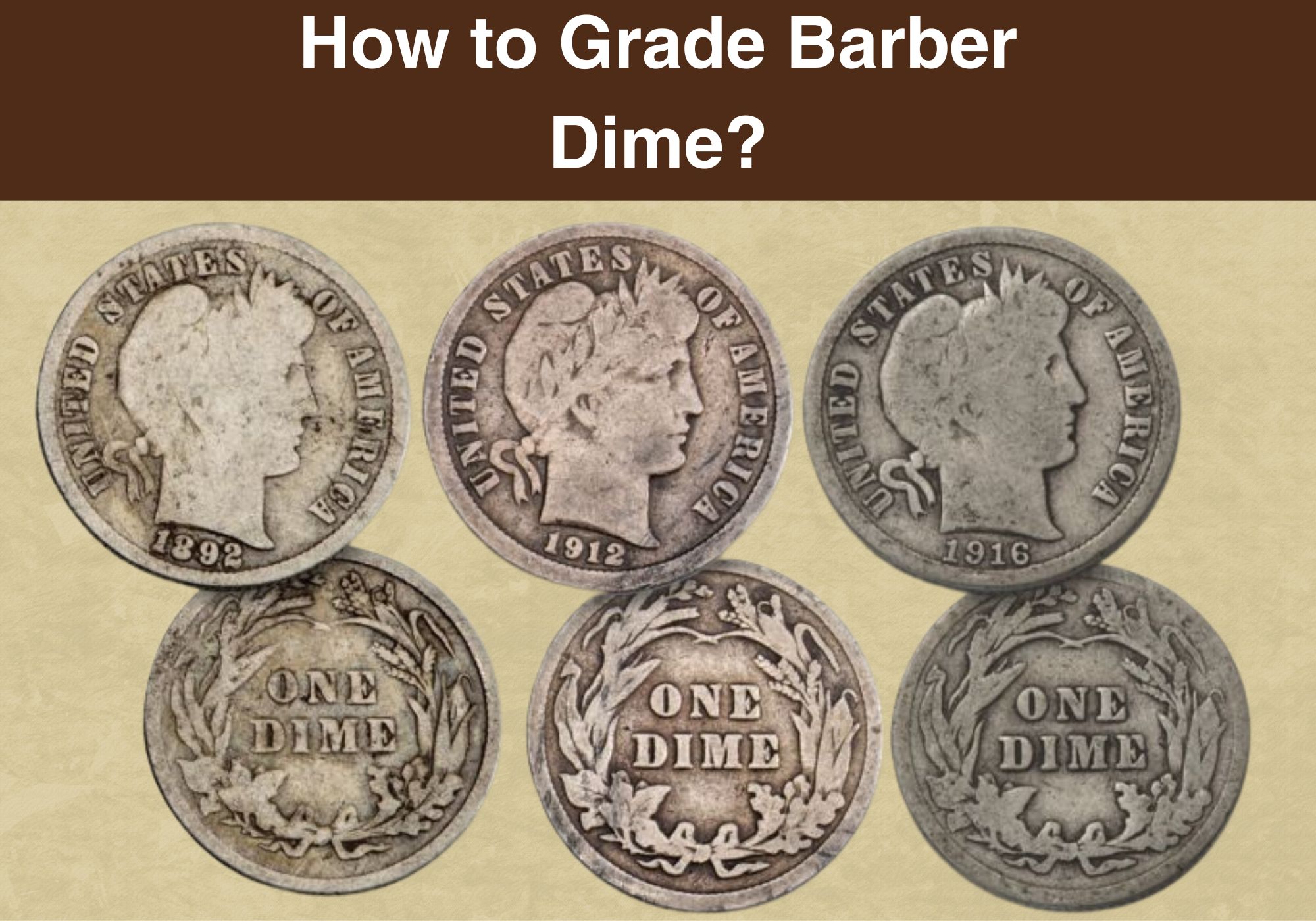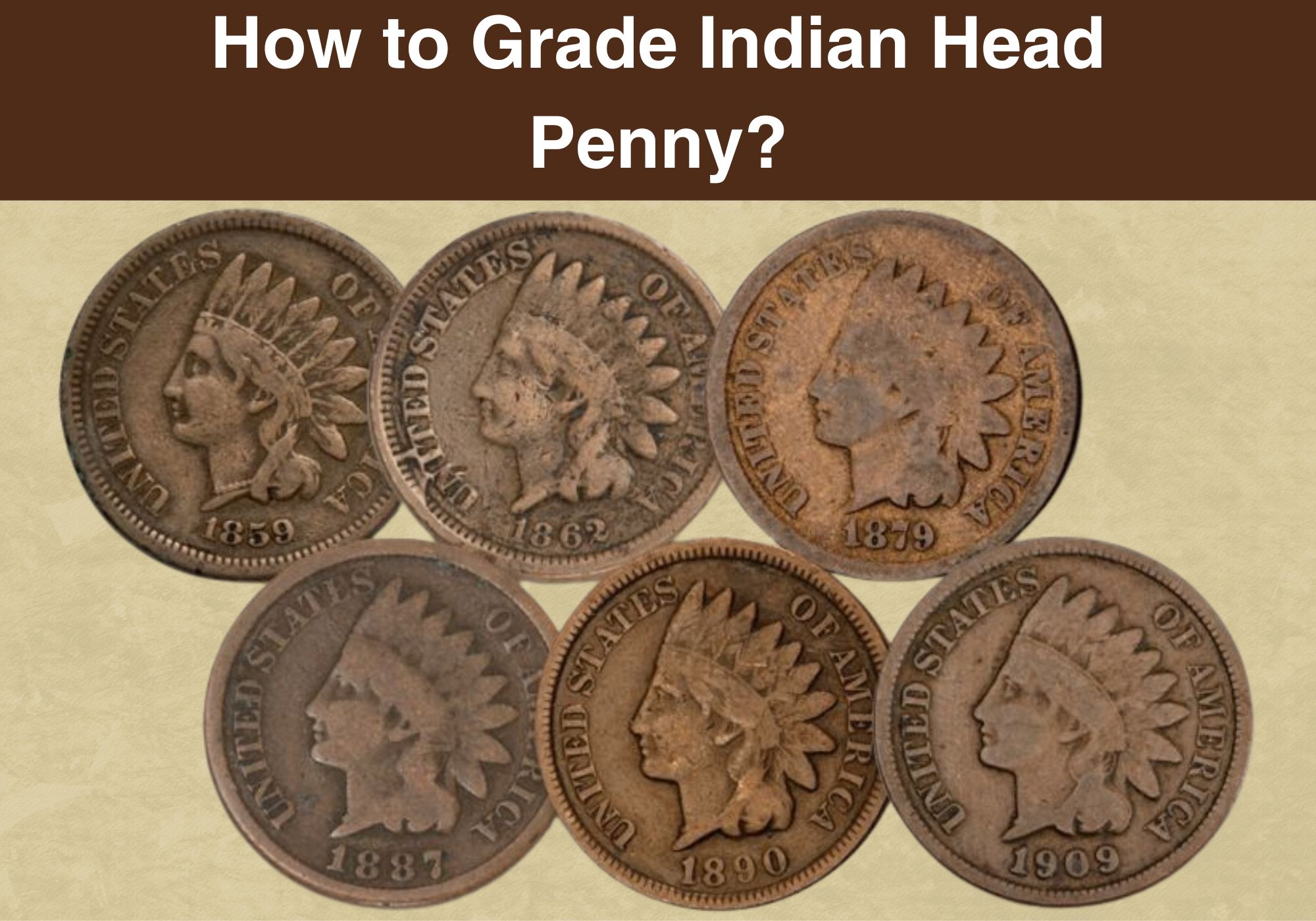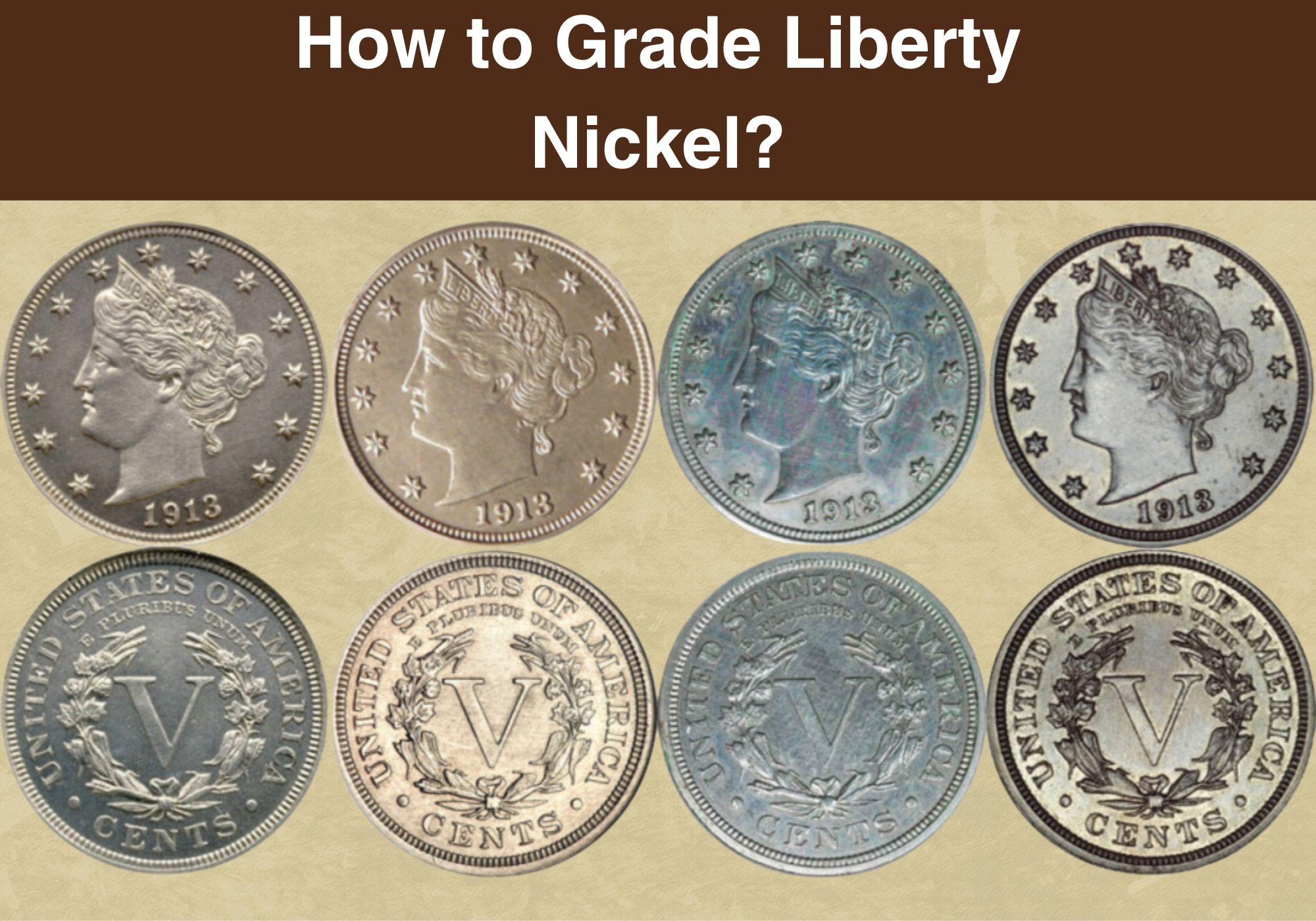Coin Grading Scale Guides
The condition of a coin plays a huge role in determining its value to collectors. To assess a coin’s condition, numismatists use a numeric grading scale that rates the amount of wear and tear on a coin’s surface. Understanding the coin grading scale is essential for properly evaluating and pricing coins. This guide will explain the key points of the coin grading system, the different grade levels, and how coins are assessed and assigned a grade.
Overview of the Coin Grading Scale
The coin grading scale used today originated in the late 1940s when Dr. William Sheldon devised a numerical system to standardized evaluating coins. His scale ranged from 1 to 70, with 70 representing a perfect mint state coin and 1 being barely identifiable. The Sheldon scale was modified in the 1970s by the American Numismatic Association (ANA) and the major third party coin grading companies like PCGS and NGC.
The ANA simplified the scale to a range of 1 to 70, with increments of 5 points in between. Grade levels from 1 to 59 represent circulated coins that exhibit wear and are no longer in mint condition. Grades from 60 to 70 denote uncirculated coins showing no wear and still in mint state.
Key things that are evaluated when determining a coin’s grade include:
- Surface wear – This refers to how much friction and markings are visible on the high points of a coin’s design and fields. Less wear means a higher grade.
- Luster – Newly minted coins exhibit a bright, shiny, lustrous finish. Loss of luster lowers a coin’s grade.
- Marks and abrasions – Bag marks, nicks, scratches and environmental damage that detract from a coin’s appearance. The fewer the better for high grades.
- Eye appeal – The visual attractiveness of a coin’s coloration, strike sharpness, and overall aesthetics.
Coin grading chart
Table of Major Circulated Grade Levels
| Grade | Description |
|---|---|
| AG-3 | Outlines of design visible but very worn, portions of rim missing |
| G-4 | Design elements visible but quite worn with very little detail |
| VG-8 | Outlines of design are clear but with moderate wear, date readable |
| F-12 | Major design elements bold but flattened due to even wear |
| VF-20 | Most major design details visible with some depth of relief |
| EF-40 | Design elements well-defined with slight wear flattening relief, considerable rim design visible |
| AU-50 | Faint traces of wear on the highest points, nearly complete detail with minimal marks |
Table of Major Mint State Grade Levels
| Grade | Description |
|---|---|
| MS-60 | No wear but myriad bag marks and abrasions with diminished luster |
| MS-63 | No wear with very minimal surface marks only visible under magnification. Precise strike and luster |
| MS-65 | Flawless surfaces with no discernible blemishes under magnification. Vibrant luster and outstanding eye appeal |
| MS-67 | No marks or imperfections evident, perfect original luster blankets coin. Supreme visual appeal |
| MS-69 | An essentially perfect coin with no distractions anywhere. Stunning visual appeal |
| MS-70 | Perfection, an unblemished coin with dazzling luster. The theoretical pinnacle for preservation |
Impact of Grade on Value
The numeric grade carries enormous weight in determining a coin’s market value. Higher grades translate directly into higher prices commanded. Two coins of the same type, date and mint can have drastically different values based on grade alone. Here are some key points on grade and value:
- Mint state coins (MS-60 to 70) command substantial premiums over circulated examples in lower grades. Price jumps sharply at MS-65 and higher.
- Popularity of the coin matters – More common coins show smaller gains versus rare coins as grade improves.
- Grading population rarity – A coin graded MS-65 may be common in that grade while an MS-66 may have just a few known examples. The MS-66 will be worth much more.
- Eye appeal drives value – For very high grades like MS-67, perceived eye appeal further differentiates price. The most attractive examples fetch higher auction prices.
- Demand and rarity by type – Some coin types are collected in the highest grades. These include Morgan dollars, Walking Liberty half dollars, and others. One grade difference levels up value.
Understanding how grades affect value enables proper valuation. Two collectors each owning an 1885-O Morgan dollar, one graded AU-58 and another MS-63, should appreciate the MS-63 coin trades at over 4X the AU-58 value. Grading is key to comparison.

